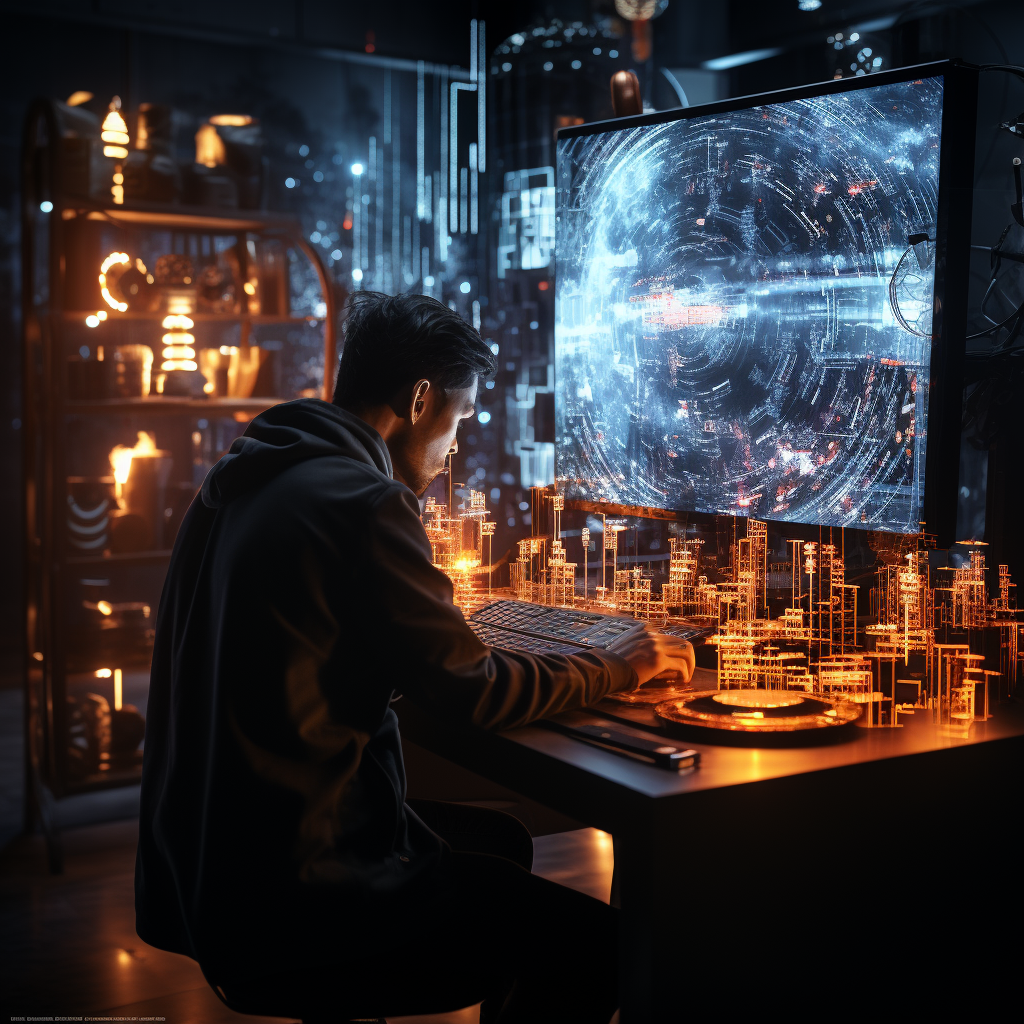A recent revelation by Di Tran, CEO of the Louisville Institute of Technology (LIT), serves as a compelling wake-up call to all IT professionals. Just a few years ago, the industry was plagued with a significant shortage of coders and programmers. According to Tran, many institutions were contemplating ways to generate a new generation of coders to fill this gap. At LIT, the focus was a tier above—shaping full-stack enterprise-level developers capable of constructing complex multitier systems.
Fast forward a few years, and the paradigm has shifted dramatically. Artificial Intelligence (AI) has started to write its own code, with more advanced AI evaluating, improving, and refining their programming patterns and styles. “AI now performs code review a thousand times more effectively than I could have ever led my IT team,” says Tran, who served as a Principle Software Architect and was among the top five engineers in a Fortune 50 company.
Yet, this emerging reality has led to a question that resonates profoundly in the industry: what does the future hold for IT professionals?

According to Tran, the seismic changes brought about by AI’s increasing capabilities does not render human engineers obsolete. On the contrary, it opens up an expansive new frontier for them. Despite AI’s impressive performance, they still require training and tuning to perform at their optimal capabilities.
“What the world of IT needs now,” Tran explains, “are top-level software architects who truly understand IT and data to train and fine-tune AI.” Furthermore, IT professionals must develop business acumen to tailor AI to specific use cases, creating tangible value for businesses and communities. This nuanced, comprehensive understanding of both technology and business is where Tran’s Enterprise finds its niche.
The Louisville Institute of Technology has been quick to adapt to this shift. While they still maintain apprenticeships for enterprise full-stack engineers, the focus has been realigned to meet the current industry demands. They are now concentrated on developing AI trainers specialized for specific use cases. They are leveraging the numerous open-source AI solutions now available for private and customizable usage.
In essence, the landscape of IT has been radically transformed. AI has disrupted the status quo, challenging IT professionals to rethink and reposition their roles. It’s not a matter of job extinction but job evolution.
As Di Tran highlights, the future is not about replacing humans with AI but harnessing the power of AI to create a synergy that can elevate both technological advancement and human capacity. By taking on the mantle of AI trainers and savvy business strategists, IT professionals can create a future where they continue to add significant value—despite the rapid advances in AI technology.
The insights provided by Di Tran offer a new perspective on how we approach the changing dynamics in the world of IT. Rather than viewing AI’s increasing proficiency as a threat, we should see it as a tool for expansion and exploration in the IT landscape, pushing the boundaries of human-AI collaboration to unprecedented levels.

